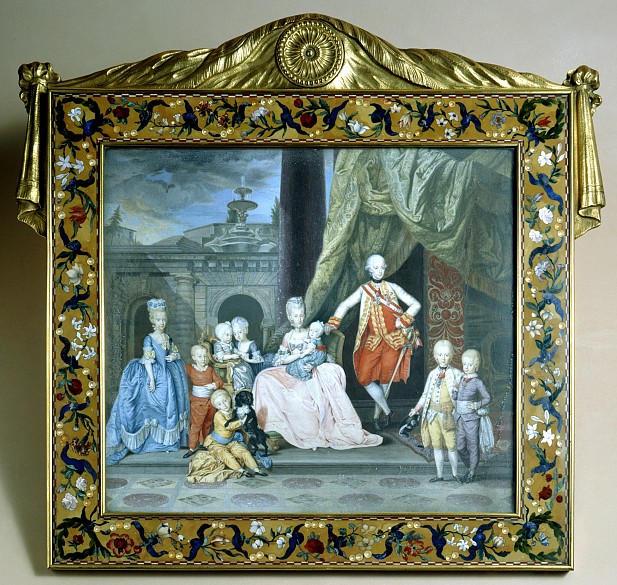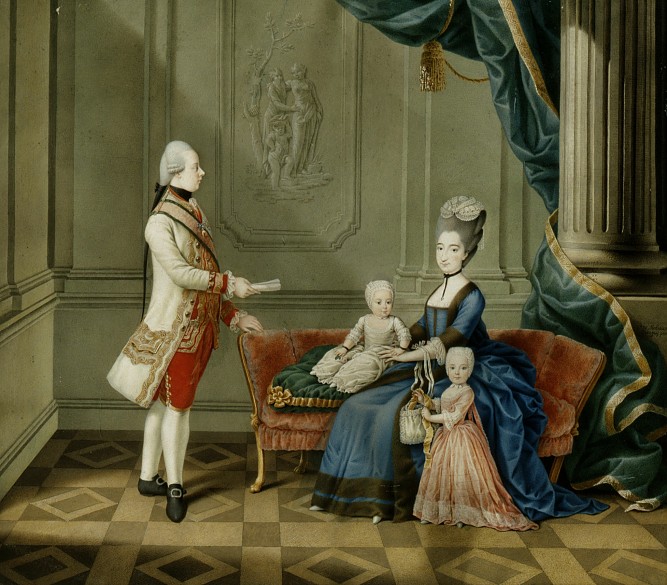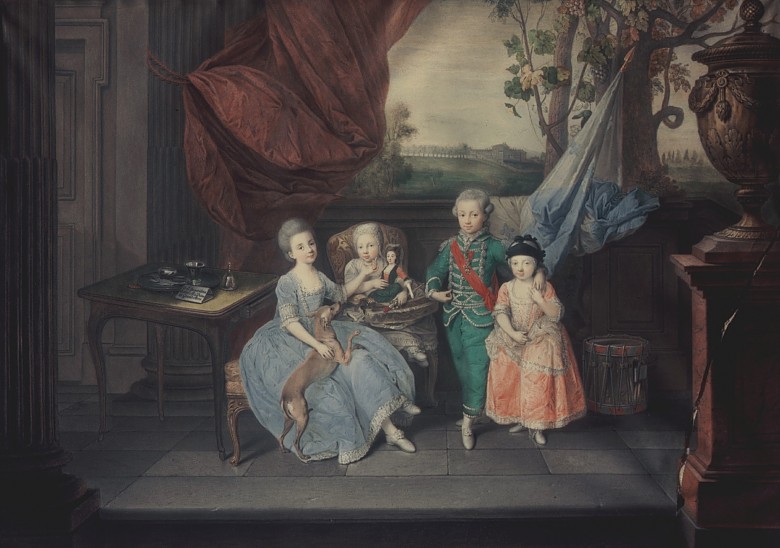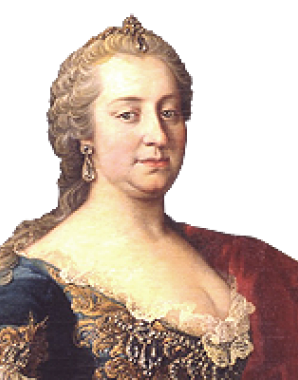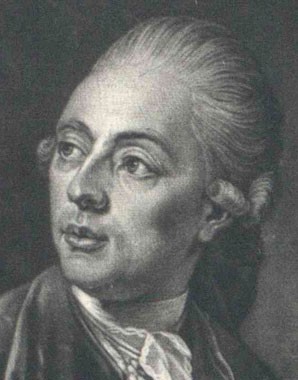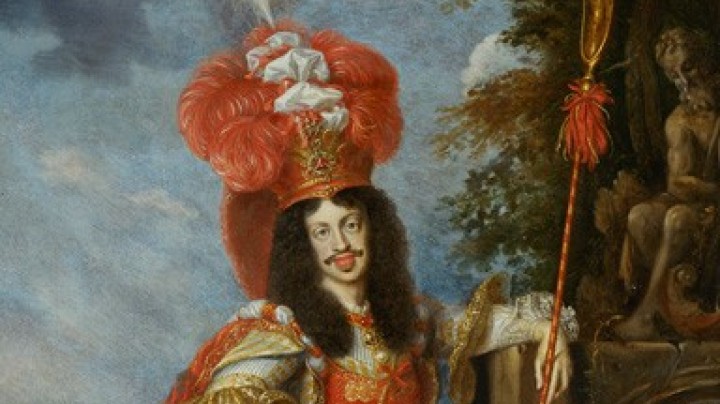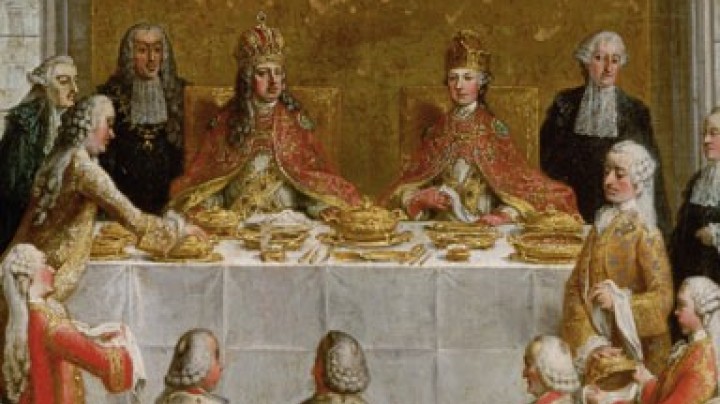The beloved family
The notions of the divine right of kings and the rights of inheritance began to lose their potency during the course of the Enlightenment – a new means of legitimizing their dominion had to be found. The gallery of ancestors was replaced by the family gallery.
Joseph von Sonnenfels, Das Bild des Adels, a speech given to new alumni at the Imperial-Royal Savoy Academy, Vienna 1767.I am certain that none among you succumbs to the unworthy delusion that the essence of his nobility can only be sought in an accurately kept register of his lineage … From their origin on, all human beings have an equal number of ancestors, as they all descend from one and the same Father. Now what if the larger mass of people have neglected to record the line of their descent, or an accident has interrupted and put an end to their efforts; just conjure up in your thoughts one of those potential countless dangers by means of which the proof of your provenance could also be destroyed! … Now you are made equal with the rest of the human race that you, in the absence of such fragile things, are wont to call rabble – Do you see on what a trivial matter the advantage, on account of which you nonetheless think so much of yourselves, amounts to… Thus was it observed how they [the nobility] took refuge in an immoderate expenditure of fortune, whether they possessed one or not … They sought succour for their greatness in the shimmer of their apparel, in the throng of their retinue and their servants, … in the splendour of their palaces, in the number of the rooms … and in the ignominious prerogative of dividing their life between the table, sleep and diversions. … It became noble to be impractical and incapable of dressing without the aid of servants; it became noble to be driven from the threshold of one’s house to the house next door but to make a day’s journey out of passing from one’s bedroom to the dining room; it became noble to be disgusted by ordinary food and retain a palate for delicacies alone; it became noble to be an idler, behaving like one ailing and as if made for fattening.
Emphasizing the continuity of their rule was a matter of primary concern to the Habsburgs. Genealogy was also employed in the production of art as a means of reinforcing claims to power. Ancestral halls, family trees, festivities held to mark weddings, births, baptisms, coronations and deaths – they were all intended to refer to the ‘origin’ of their legitimation as rulers and its associated ‘rights’. This notion of deriving claims to power from (fictitious) genealogies was undermined with the spread of Enlightenment ideas as it offended against the principle of equality. The pictorial propaganda was thus adjusted: it was no longer inherited rights or divine election that were the focus of representation but the abilities and virtues, and specifically the exemplary fulfilment of a ruler’s duties which distinguished them from their subjects.
Criticism of inherited aristocratic privileges did not cease. One of the most vehement attacks on them was made by the Enlightenment scholar and advisor to Maria Theresa, Joseph von Sonnenfels, in his speech Das Bild des Adels (The Image of the Nobility) given to the aristocratic alumni of the Imperial-Royal Savoy Academy in 1767.Under Maria Theresa the function of images of the ruling family changed fundamentally. Images of fecundity emphasized the permanence and continuity of the dynasty, which had seemed endangered by the extinction of the male line of the Habsburgs with her father, Charles VI. As the registers of the Kammerzahlamt (‘Chamber Paymaster's Office’) attest, from 1750 onwards the number of commissions for family portraits increased dramatically. The gallery of ancestors was replaced with images of the nuclear family.
The great family portraits commissioned by Maria Theresa reflect a turning away from the formal conventions of official state portraits. Nonetheless, these portraits also fulfil a political function: the representation of the family becomes programmatic, seeking to reinforce its ties and existence.
Maria Theresa also used such images to keep herself informed about the development of her children after they had married and left Vienna, commissioning small-format portraits of the families at their various courts. Family portraits such as these influenced later representations of middle-class families.

